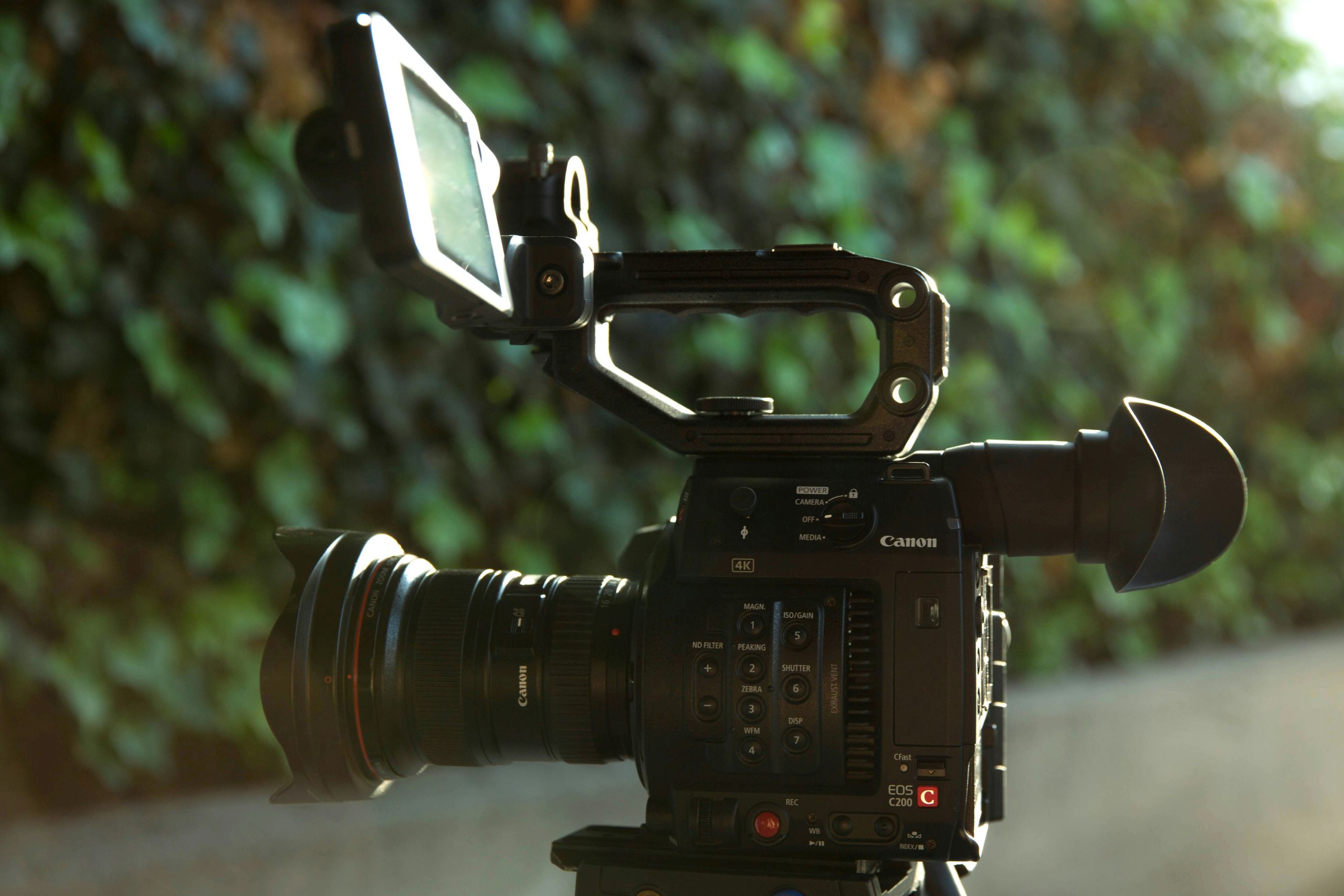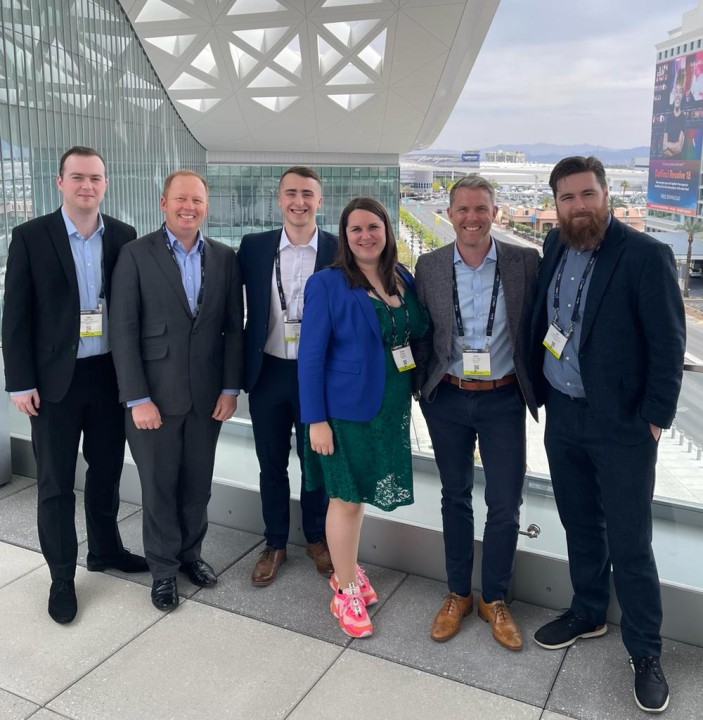Change is a fundamental part of the content and media industry. But how can people and companies adapt to those changes without losing touch with where they started? On Episode 37 of The Content & Media Matters Podcast, we spoke with Mitch Askenas, the Executive Director, Video Platform – Head of Commercial, Americas at Comcast Technology Solutions, about how he has been handling changes in his company recently, and his advice for anyone who is going through something similar. Read on for his insights.
How has the industry changed over the years since you joined?
The industry has evolved tremendously overall, but fundamentally, viewers still want to watch content. Back in the day, content was provided to you on a traditional television channel, and you watched what was delivered to you. Over time, there have been inventions that have allowed us to watch content on demand, first on VHS tapes and DVDs, and then on streaming platforms. The industry has thoroughly evolved from a push media to a medium where viewers can watch what they want, when they want, where they want, and how they want to watch it.
How have you adapted to those changes over your time in the industry as well?
Well, adapting is fun. You adapt by trying to invent new processes, and that’s both on the engineering side and on the selling side. In my career, I’ve evolved from being an engineer and inventing and running engineering teams to moving into the sales world and managing sales teams, but in both roles, I’ve still had to adapt to change.
Adapting to change is the key to success across everyone’s career and everyone’s business, but many things don’t change at all. Things like selling your ideas will always stay the same. Whether you’re an engineer or a salesperson, your job is to get your ideas sold to your audience, which can be your management team or your customers. The fact that we have to sell our ideas hasn’t changed, even though the things that we sell have. Some things always stay the same, even while things change. It’s been fun learning that, but I had to learn it mostly on my own.
From an industry perspective, it has been great to see where new technologies were going to take us, but I never knew if the industry was ready to embrace them. I think circumstances change, and everybody’s embracing the change of allowing viewers and subscribers to access content wherever, whenever. The key to all this is, how do you make money doing that with your content? The challenge of the industry today is ‘How do you monetise the huge amount of content in your library?’
How do you stay motivated throughout those challenges?
Times of change are actually times of opportunity. The question is, how do you embrace that opportunity? For me, change is exciting. It means things are moving forward. Typically, they’re opportunities to do new things and to be part of that change. To me, that’s a huge motivation. If you can muster that mindset and bring those change opportunities forward, especially to your customers, you can help them see that they can be part of the change and be successful as a result.
Yes, it’s hard, there’s no question about it, but if you’re always thinking about your customers rather than what the thing you’re selling is, you’ll help them make their business better. Especially in times of change, keeping their business moving forward, and helping them figure out how to weather those storms, creates an opportunity to find synergy between your two companies. That’s how it’s an opportunity.
What tips would you now pass on that have worked for you and your team?
Everybody, no matter what position they’re in, has great ideas. The real question is, how do you get those ideas promoted? Early in my career, when I came up with those great ideas, they were all about me. When I would go and talk about them, they never really resonated because it was all about me. Thankfully, a wise person in my past told me, ‘Don’t make it about yourself. Make it about them.’ That was the seminal moment of learning how to sell. It didn’t matter that it was my idea, it was all about them. When I changed my mindset to figure out how what I was selling could provide value and success to the people I was talking to, everything changed.
Selling is about three things. Number one is showing the potential customer that the risk of change is much lower than the risk of staying the same. The second is to demonstrate to the buyer why they’re going to be personally successful if they invest in you. The last one is don’t tell them what it is and don’t tell them what it does. Instead, focus on what it means to their business. If you can accomplish those three things, you will be more successful.
To hear more about keeping up with the changes in the industry, tune into Episode 37 of The Content & Media Matters Podcast here.
We sit down regularly with some of the biggest names in our industry, we dedicate our podcast to the stories of leaders in the technologies industries that bring us closer together. Follow the link here to see some of our latest episodes and don’t forget to subscribe.








